
Nørrebro: Copenhagen's Urban Mosaic
Explore Nørrebro, Copenhagen's eclectic hub of culture, cuisine, and creativity, where historic charm meets modern flair.
Nørrebro is a vibrant and eclectic neighborhood in Copenhagen that offers a rich tapestry of cultures, cuisines, and experiences. Located just northwest of the city center, Nørrebro is known for its youthful energy and artistic vibe, making it a must-visit for any traveler looking to experience the city's contemporary pulse. Stroll through the streets of Nørrebro and you'll encounter a dynamic mix of old and new, with historic buildings standing alongside modern street art. The neighborhood is a haven for foodies, with an abundance of diverse eateries serving everything from traditional Danish smørrebrød to Middle Eastern falafel. Jægersborggade, one of Nørrebro's most famous streets, is lined with quirky shops, cozy cafes, and innovative restaurants. For those interested in history and culture, Nørrebro does not disappoint. The Assistens Cemetery is not just a resting place for famous Danes like Hans Christian Andersen; it is also a beautiful park where locals relax and enjoy the greenery. The area is also home to several cultural venues, including the Nørrebro Theatre and the Blågårds Plads, a square known for its artistic installations and community events. Nørrebro’s nightlife is equally captivating, with a variety of bars and clubs that cater to different tastes. Whether you prefer a laid-back evening in a cozy pub or dancing the night away in a trendy club, Nørrebro has something for everyone. The neighborhood is also a hub for live music, with venues like Rust offering a platform for both local and international artists.
Local tips in Nørrebro
- Visit Jægersborggade for unique shopping and dining experiences.
- Relax at Assistens Cemetery, a historic site and tranquil park.
- Check out the local street art and murals scattered throughout the neighborhood.
- Experience the nightlife at popular spots like Rust and local pubs.
- Explore the cultural events at Blågårds Plads.
Nørrebro: Copenhagen's Urban Mosaic
Nørrebro is a vibrant and eclectic neighborhood in Copenhagen that offers a rich tapestry of cultures, cuisines, and experiences. Located just northwest of the city center, Nørrebro is known for its youthful energy and artistic vibe, making it a must-visit for any traveler looking to experience the city's contemporary pulse. Stroll through the streets of Nørrebro and you'll encounter a dynamic mix of old and new, with historic buildings standing alongside modern street art. The neighborhood is a haven for foodies, with an abundance of diverse eateries serving everything from traditional Danish smørrebrød to Middle Eastern falafel. Jægersborggade, one of Nørrebro's most famous streets, is lined with quirky shops, cozy cafes, and innovative restaurants. For those interested in history and culture, Nørrebro does not disappoint. The Assistens Cemetery is not just a resting place for famous Danes like Hans Christian Andersen; it is also a beautiful park where locals relax and enjoy the greenery. The area is also home to several cultural venues, including the Nørrebro Theatre and the Blågårds Plads, a square known for its artistic installations and community events. Nørrebro’s nightlife is equally captivating, with a variety of bars and clubs that cater to different tastes. Whether you prefer a laid-back evening in a cozy pub or dancing the night away in a trendy club, Nørrebro has something for everyone. The neighborhood is also a hub for live music, with venues like Rust offering a platform for both local and international artists.
Iconic landmarks you can’t miss
Superkilen Park
A dazzling, multicultural urban park in Nørrebro with global art, playful installations, and a vibrant local scene, celebrating Copenhagen’s diversity and creativity.
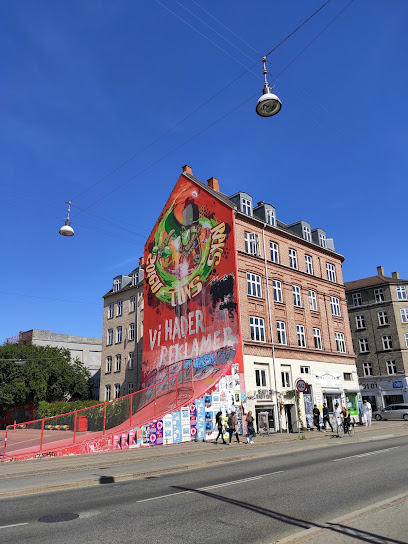
Nørrebroparken - Playground
Vivid and multicultural, Nørrebroparken Playground is Nørrebro’s lively green heart—offering creative play, open lawns, and vibrant local community energy year-round.
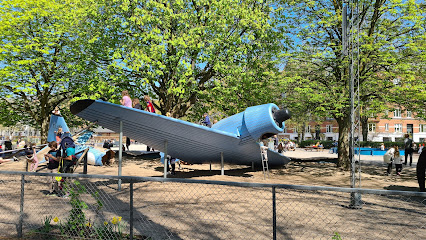
Hans Tavsens Park
Explore the peaceful retreat of Hans Tavsens Park in Copenhagen, a perfect blend of nature and tranquility for every traveler.
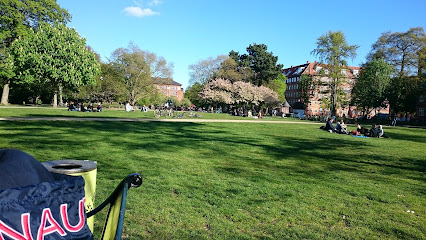
Assistens Cemetery
Historic cemetery and green oasis in Nørrebro, Copenhagen, known for its famed graves, tranquil paths, and unique blend of history, art, and nature.
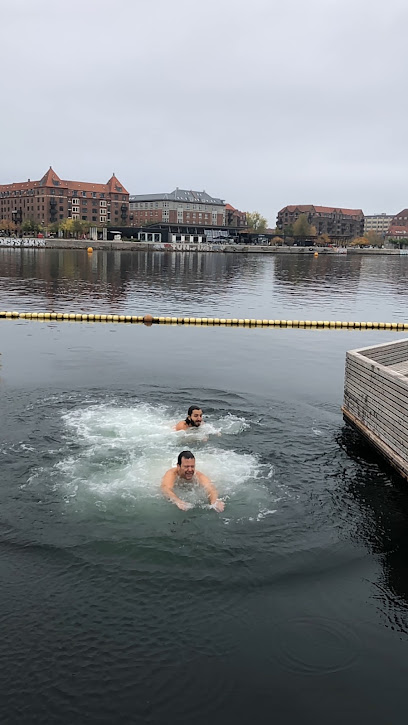
The Black Square
The Black Square in Nørrebro blends innovative urban design, public art, and vibrant community life in one of Copenhagen’s most expressive public spaces.

Bananna Park
Eclectic urban park blending street art, climbing, and skate culture in the heart of Nørrebro—a vibrant hub for locals, families, and visitors year-round.

Folkets Park
Grassroots community spirit, creative play areas, vibrant street art, and urban oasis charm in the heart of Nørrebro’s multicultural Copenhagen.

The Red Square
A striking, modern city square in Nørrebro, where bold Danish design meets global cultures, street art, and vibrant local life in Copenhagen’s most diverse borough.
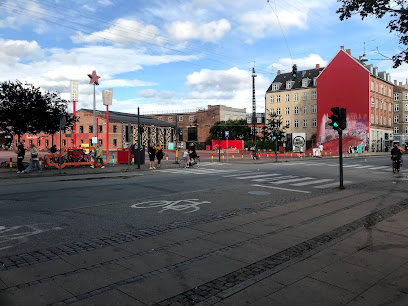
The Lakes in Copenhagen
Three picturesque urban lakes forming a scenic green lung around Nørrebro, where Copenhagen’s daily life, history, and waterside tranquility meet.
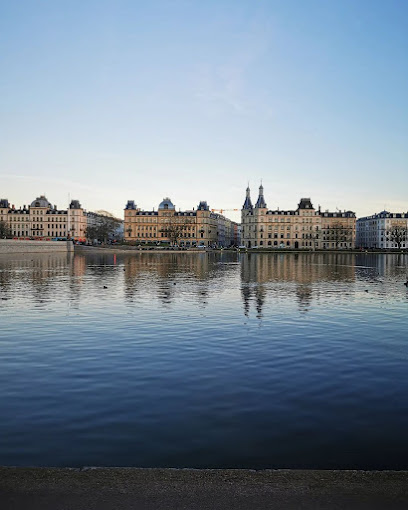
Sankt Hans Torv
A bustling triangular square in Nørrebro where history, modern culture, and local life collide, Sankt Hans Torv is a dynamic hub for cafés, art, and people-watching.
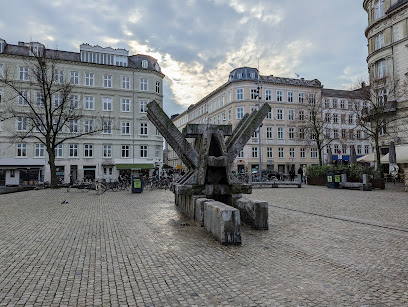
Unmissable attractions to see
Superkilen Park
Superkilen Park in Nørrebro is an award-winning urban park celebrating global diversity with bold design, eclectic art, and interactive spaces from around the world.
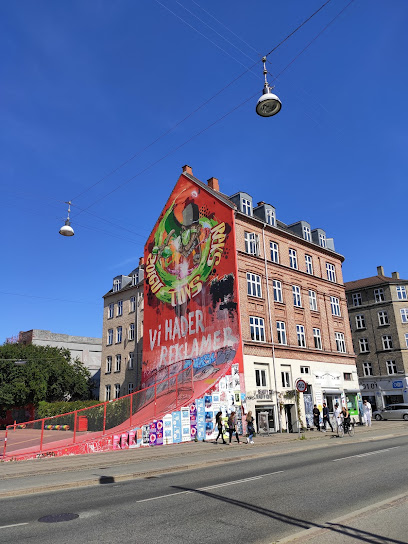
Hans Tavsens Park
Frederiksholms Kanal offers atmospheric views, grand architecture, and a unique window into Copenhagen’s history at the heart of Indre By.
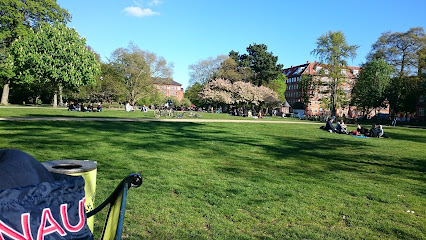
The Black Square
A tranquil Copenhagen canal surrounded by palaces, museums, bridges, and centuries of Danish royal history in the heart of the Indre By district.

Sankt Hans Torv
Frederiksholms Kanal is Copenhagen’s storied canal, bordered by splendid historic buildings, major landmarks, and tranquil waterside paths in Indre By.

Essential places to dine
Bæst
Experience Nørrebro’s celebrated Bæst, where organic Italian pizzas and in-house charcuterie meet Scandinavian sustainability and vibrant Danish hospitality.
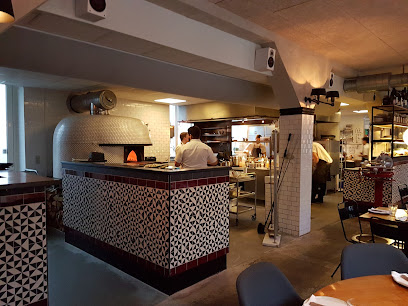
La Neta Nørrebro
Sizzling Mexican street food, artisanal tortillas, and Mikkeller craft beer unite at La Neta Nørrebro—a bustling culinary hotspot in Copenhagen’s vibrant heart.
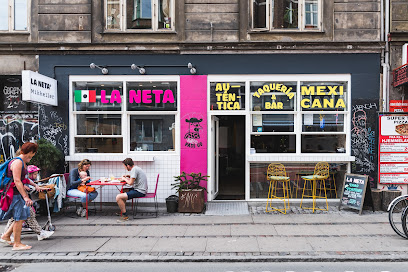
Hooked Nørrebro
Discover fresh seafood delights at Hooked Nørrebro in Copenhagen - a culinary gem celebrating local flavors in a vibrant setting.
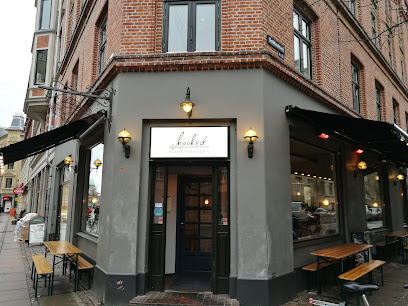
Kiin Kiin
Michelin-starred Thai restaurant in Copenhagen’s Nørrebro, offering inventive tasting menus and modern fine dining that blend Southeast Asian flavors with Nordic influences.
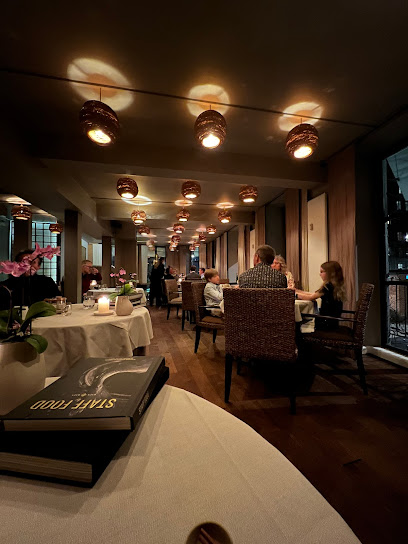
Gaarden & Gaden
Discover Gaarden & Gaden, a stylishly laid-back bistro in Nørrebro, Copenhagen, serving inventive local cuisine and natural wines in a warm, communal setting.
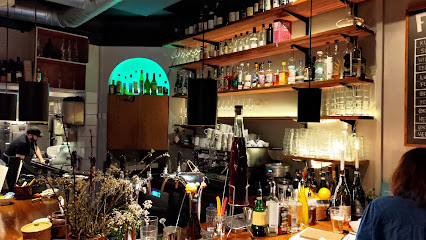
Mæxico Nørrebro
Colorful cantina vibes, creative tacos, and festive cocktails bring a lively taste of Mexico’s street food culture to vibrant Nørrebro in central Copenhagen.

Kate's Joint
Kate’s Joint brings Nørrebro’s multicultural energy to the table with creative Asian fusion, communal dining, artful interiors, and a famously laid-back vibe.
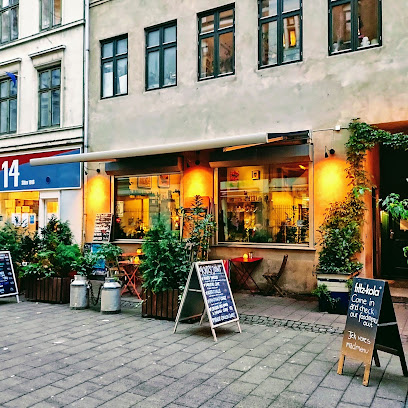
Street Food 108
Experience authentic Turkish cuisine at Street Food 108 in Copenhagen's vibrant Nørrebro district - a delightful taste adventure awaits!
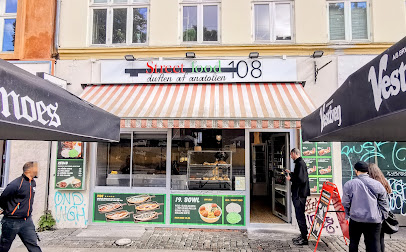
SAFARI
Colorful Pan-African bistro in creative Nørrebro serving bold sharable plates, natural wines, and community spirit in a welcoming, art-filled setting.
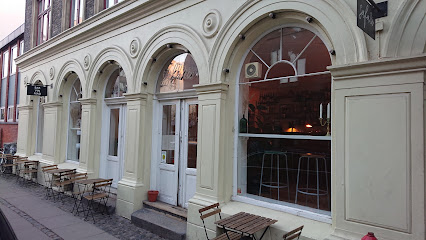
Aroii - Nørrebro
Savor inventive Asian fusion cuisine in lively Nørrebro, where Aroii delivers creative Thai-inspired plates and vibrant ambiance in one of Copenhagen’s buzziest districts.
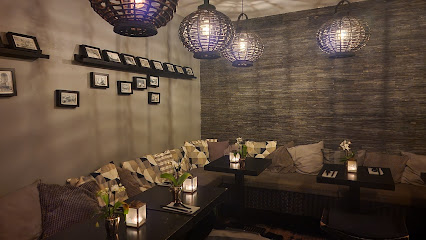
Local Phrases
-
- HelloHej
[hey] - GoodbyeFarvel
[far-vel] - YesJa
[ya] - NoNej
[nay] - Please/You're welcomeVær så venlig
[ver so ven-lee] - Thank youTak
[tak] - Excuse me/SorryUndskyld
[oon-skuul] - How are you?Hvordan har du det?
[vor-dan har du deh] - Fine. And you?Godt. Og dig?
[gut. oh day] - Do you speak English?Taler du engelsk?
[tah-ler doo eng-elsk] - I don't understandJeg forstår ikke
[yay for-stor ee-keh]
- HelloHej
-
- I'd like to see the menu, pleaseJeg vil gerne se menuen, tak
[yay vil gehr-neh seh meh-new-en tak] - I don't eat meatJeg spiser ikke kød
[yay spee-ser ee-keh kohd] - Cheers!Skål!
[skawl] - I would like to pay, pleaseJeg vil gerne betale, tak
[yay vil gehr-neh beh-tah-leh tak]
- I'd like to see the menu, pleaseJeg vil gerne se menuen, tak
-
- Help!Hjælp!
[hyelp] - Go away!Gå væk!
[goh vayk] - Call the Police!Ring til politiet!
[ring teel poh-lee-tee-et] - Call a doctor!Ring efter en læge!
[ring ef-ter en lay-eh] - I'm lostJeg er fortabt
[yay er for-tahbt] - I'm illJeg er syg
[yay er soog]
- Help!Hjælp!
-
- I'd like to buy...Jeg vil gerne købe...
[yay vil gehr-neh koh-beh] - I'm just lookingJeg kigger bare
[yay kee-ger bah-reh] - How much is it?Hvor meget koster det?
[vor meh-yet kohs-ter deh] - That's too expensiveDet er for dyrt
[deh er for deer-t] - Can you lower the price?Kan du sænke prisen?
[kan doo sahn-keh pree-sen]
- I'd like to buy...Jeg vil gerne købe...
-
- What time is it?Hvad er klokken?
[vahd er kloh-ken] - It's one o'clockKlokken er et
[kloh-ken er et] - Half past (10)Halv ti
[halv tee] - MorningMorgen
[mor-gen] - AfternoonEftermiddag
[ef-ter-mee-dag] - EveningAften
[af-ten] - YesterdayI går
[ee gor] - TodayI dag
[ee day] - TomorrowI morgen
[ee mor-gen] - 1Én
[ayn] - 2To
[too] - 3Tre
[tray] - 4Fire
[fee-reh] - 5Fem
[fem] - 6Seks
[seks] - 7Syv
[soov] - 8Otto
[ot-toh] - 9Ni
[nee] - 10Ti
[tee]
- What time is it?Hvad er klokken?
-
- Where's a/the...?Hvor er en/et...?
[vor er en/et] - What's the address?Hvad er adressen?
[vahd er ah-dres-en] - Can you show me (on the map)?Kan du vise mig (på kortet)?
[kan doo vee-seh mee (poh kohr-teh)] - When's the next (bus)?Hvornår er næste (bus)?
[vor-nor er nay-steh (boos)] - A ticket (to ....)Et billet (til ....)
[et bee-let (teel)]
- Where's a/the...?Hvor er en/et...?
History of Nørrebro
-
Nørrebro's history dates back to the 17th century when it began as a small village outside the city walls of Copenhagen. Originally a part of the rural landscape, it was known for its gardens and farms. The area started to develop significantly in the 19th century as Copenhagen expanded, and it became a working-class neighborhood due to its proximity to the city center.
-
The late 19th century marked a pivotal transformation for Nørrebro as industrialization took hold. Factories and workshops emerged, attracting a diverse population of workers, including immigrants from various countries. This influx contributed to Nørrebro's vibrant multicultural character, which continues to thrive today.
-
In 1993, Nørrebro was the center of significant civil unrest known as the Nørrebro Riots. Triggered by the police's actions against a local youth club, the riots highlighted the frustration of residents regarding social inequality and police treatment. The events garnered national attention and sparked discussions about urban policy and community relations in Copenhagen.
-
Entering the 21st century, Nørrebro has experienced a cultural renaissance, characterized by the emergence of art spaces, cafes, and independent shops. The neighborhood has become a hub for creativity and innovation, drawing in artists, musicians, and entrepreneurs. The development of areas like Superkilen park reflects Nørrebro's commitment to inclusivity and diversity, celebrating its multicultural heritage.
-
In recent years, Nørrebro has faced the challenges of gentrification, with rising property prices and changing demographics. While new developments have brought investment and revitalization, they have also raised concerns about the displacement of long-term residents and the loss of the neighborhood's unique character. Ongoing community efforts aim to balance growth with social equity.
Nørrebro Essentials
-
Nørrebro is easily accessible from other neighborhoods in Copenhagen. You can take the Metro to Nørreport Station, which is a short walk from Nørrebro. Buses and regional trains also connect to Nørrebro from various parts of the city. If you're coming from the airport, the train to Copenhagen Central Station (Hovedbanegården) is a convenient option, followed by a short Metro ride or bus to Nørrebro.
-
Nørrebro is a bike-friendly neighborhood, and renting a bicycle is one of the best ways to explore. The city has an extensive network of bike lanes. Public transport options include buses that run frequently throughout the area. The Metro also provides quick access to other parts of Copenhagen, with stations such as Nørreport and Bispebjerg nearby.
-
Nørrebro is generally safe for tourists; however, it is advisable to stay vigilant, especially in the evening. Areas around the Nørrebrogade and certain side streets have had reports of petty crime, so keep an eye on your belongings. As with any urban area, avoid displaying valuables and be cautious in quieter areas at night.
-
In case of an emergency, dial 112 for immediate assistance in Denmark. This number connects you to police, fire, or medical services. There are several hospitals in and around Nørrebro, including Bispebjerg Hospital. It's advisable to have travel insurance that covers medical emergencies and to know the location of the nearest pharmacy for minor health issues.
-
Fashion: Do wear comfortable clothing suitable for walking and cycling. Avoid overly formal attire unless dining in upscale restaurants. Religion: Do respect the local culture and customs. When visiting mosques or churches, dress modestly and remove shoes if required. Public Transport: Do offer your seat to the elderly and pregnant women. Don’t eat or drink on public transport. Greetings: Do greet locals with a friendly 'Hej' (Hi). Don’t be overly familiar right away, as Danes appreciate personal space. Eating & Drinking: Do try local cafes and eateries. Don't waste food; it’s considered wasteful and disrespectful.
-
To experience Nørrebro like a local, explore the vibrant street life along Nørrebrogade, especially the food stalls and independent shops. Visit the Assistens Cemetery, where famous Danes like Hans Christian Andersen are buried—a serene spot for a stroll. Check out local events and markets, such as the Nørrebro Market, for fresh produce and artisan goods. Engage with the locals at cafes; they are often friendly and willing to share insights about the neighborhood.
Nearby Cities to Nørrebro
-
Things To Do in Roskilde
-
Things To Do in Hillerød
-
Things To Do in Køge
-
Things To Do in Helsingør
-
Things To Do in Næstved
-
Things To Do in Slagelse
-
Things To Do in Kalundborg
-
Things To Do in Nyborg
-
Things To Do in Odense
-
Things To Do in Aarhus
-
Things To Do in Horsens
-
Things To Do in Randers
-
Things To Do in Rostock
-
Things To Do in Vejle
-
Things To Do in Silkeborg












